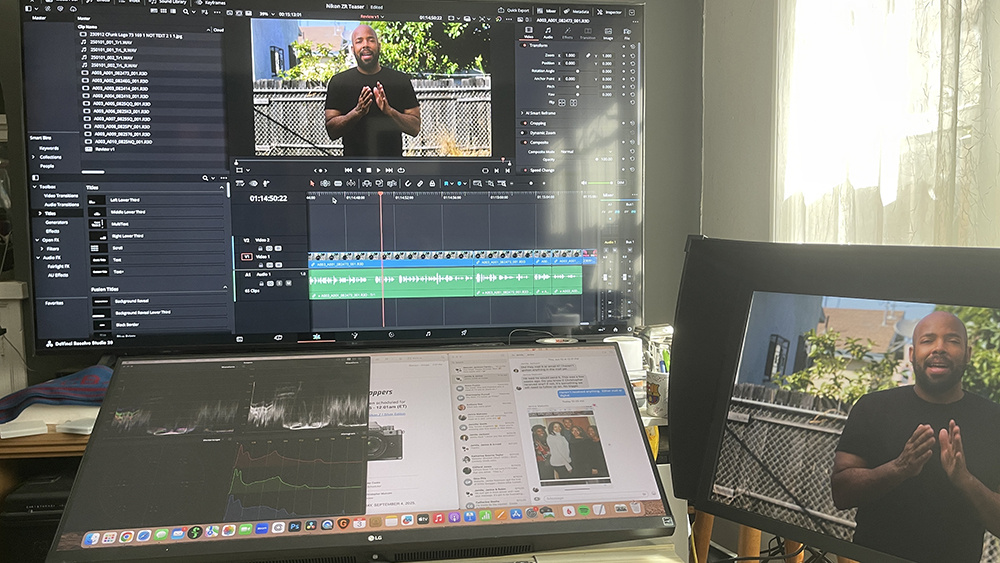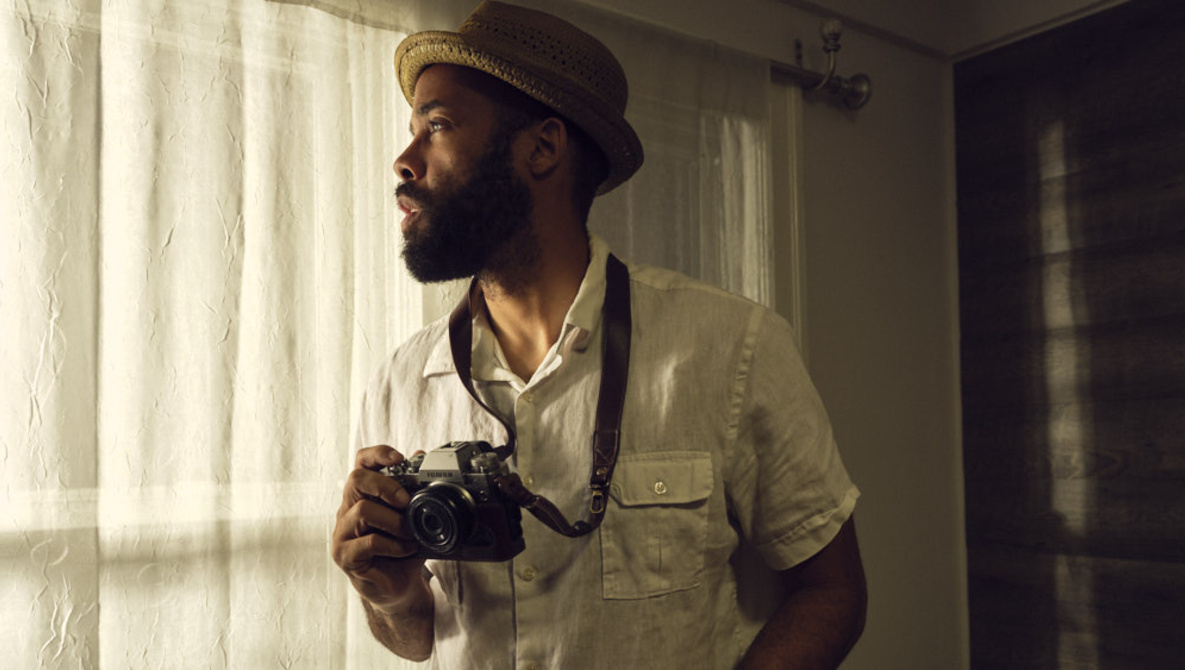Today I’d like to share a story of why more isn’t always more.
I’m writing to you today while seated at my newly reorganized desk. I realize this is not an office décor website, and your reorganization skills are one of those things, like your tooth-brushing regimen or thoughts on The Godfather, that are really only of interest to you. But still, I mention my reorganization efforts to highlight a larger lesson that applies beyond my desk set. Sometimes, less is more.
Let me explain. Prior to last week, I had four computer monitors set up on my desk: a main widescreen monitor in the middle, a calibrated grading monitor to my left and slightly up, a smaller widescreen monitor for email and messaging to the lower left, and a fourth elevated monitor for general purposes. I know it’s a lot but, well, I multitask. A lot.
That setup got altered a few months ago when I decided I wanted to get more sunlight and needed to be closer to the window. It was changed again when I needed to move a large-screen TV from my living room into my office. I’ll spare you the details, but the long and short of it is that, while the sunlight was nice, my neck was working overtime constantly looking back and forth. And trying to remember which screen my mouse was on was getting to be a problem. The larger problem was that my main widescreen monitor was having trouble playing with certain websites (I’m looking at you, Vimeo), and I was having to perform extra steps to do basic things. So, for the umpteenth time in the last couple of years, I set about moving the furniture in my office to better meet the moment.
I tried a number of configurations but then settled on the most counterintuitive one. Instead of forcing myself to do the mental gymnastics required to keep up with four monitors, or adding a fifth for balance, I decided to go in the opposite direction. I took a monitor away. I also turned my desk slightly, which did affect my desire to be closer to the window, but it worked. And now, my setup is far cleaner, if more stripped down: a main large monitor straight ahead, a smaller lower-front monitor (also straight ahead), and the calibrated monitor off to the side whose sole purpose is accurate color rendition. I have less available screen space now, but by focusing 100% of the non–color grading tasks to just two monitors instead of four, I simplified my setup and simplified my life. And while I objectively have less in terms of monitors, I have so much more in terms of efficiency.
This little experiment in organization was just a small example of a lesson I’ve had to learn multiple times throughout my life. The temptation, whether it be computer monitors, camera gear, or ambition itself, is to always add more. By nature, humans are tuned to want more and more things, as if ownership implies a certain level of status and capability. But in actuality, we are often far more effective with less. We are able to focus more on what matters as opposed to being distracted by options. Using my new monitor setup as a metaphor, when we are able to look straight ahead instead of constantly being distracted by things on either side, it makes it easier for us to concentrate on the task at hand.

I just recently sold off one of my cameras as well. There were multiple reasons for this, mostly to make way for a new camera, so the sale wasn’t just a mental exercise. But the process of selling a piece of gear always raises the same basic question for me: Am I any more productive now that I have multiple cameras performing specific tasks than I used to be when I only had one camera and was forced to figure out a way to make it work? Obviously, being able to own multiple cameras that specialize in specific tasks is a privilege. But the simplicity of committing to a specific piece of equipment has major benefits.
Embracing your limitations allows you to avoid the decision paralysis that comes from having too many options. It’s like I never had any trouble at all figuring out what I wanted to watch on television in the days before streaming. Now, every Friday night, I burn an hour and a half just surfing through the endless options on Netflix before eventually giving up and going to bed, having never gotten around to picking a movie at all. Instead, if you limit your options, you can more easily focus on maximizing the result of the options you do have.
In the next couple of months, to really put this plan into action, I’m going to try a new experiment. I’m going to pick one camera and one prime lens. And I’m going to commit myself to shooting everything with that single setup. Obviously, there will be exceptions, as specific commercial jobs will require specific things. But in general, I’m going to try to stick with this stripped-down combination as often as possible. Why? Other than the obvious benefit of a lighter gear bag, I’m doing it because I want to refocus my attention on what actually matters: what’s in front of the lens. I want to actively take any obsession with the tech part of the equation out and just focus on creativity and art. Will this mean there are certain shots I won’t be able to get? Probably. But it can also help me see other shots I previously never would have considered because I was too busy chasing all my options.
Who knows if this will work, but like reorganizing my desk, I’ve learned multiple times throughout life that having less isn’t always a detriment. Limiting your options can allow you to go deeper into the options at hand. And sometimes, taking alternate routes off the map allows you to focus on the road ahead.

